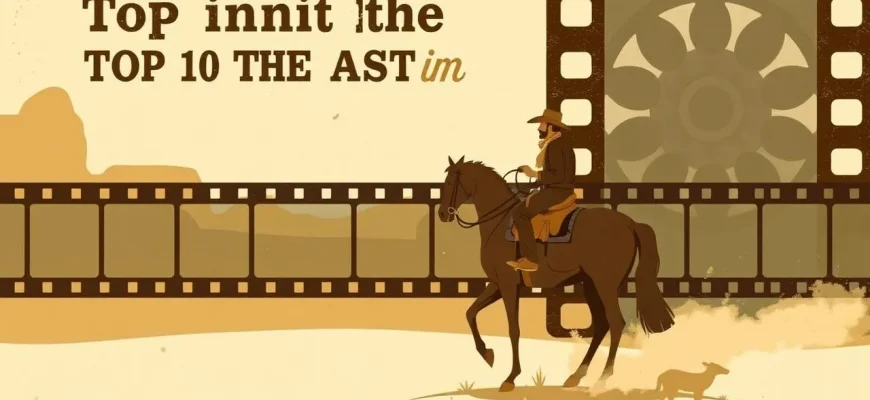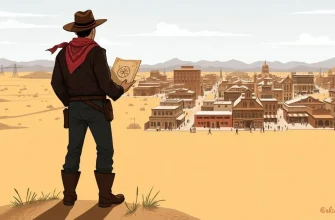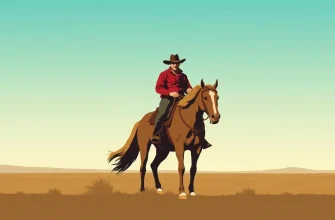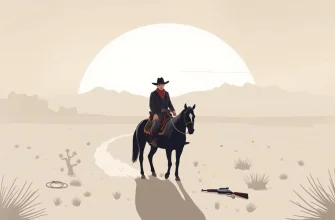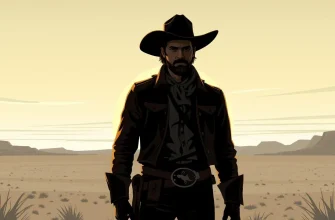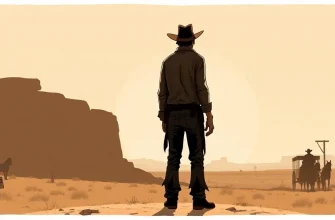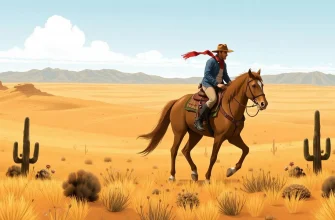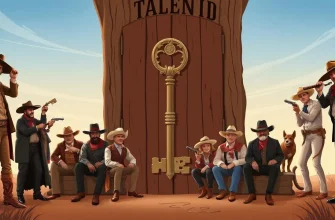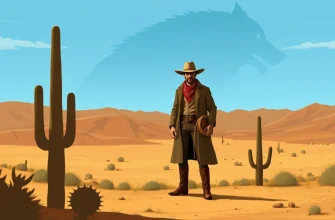Silent Western films offer a unique glimpse into the early days of cinema, where storytelling relied heavily on visual cues and expressive performances. These films, often overlooked, provide a rich tapestry of the American West's mythos through the lens of silent film era. This collection not only celebrates the art of silent filmmaking but also highlights the enduring appeal of the Western genre, making it a must-watch for cinephiles and Western enthusiasts alike.
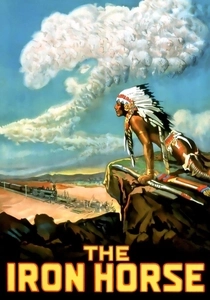
The Iron Horse (1924)
Description: This film dramatizes the construction of the First Transcontinental Railroad, blending historical events with fictional characters to create a sweeping Western epic.
Fact: It was one of the most expensive films of its time, with a budget of $280,000, and was shot on location in Nevada.
 Watch Now
Watch Now 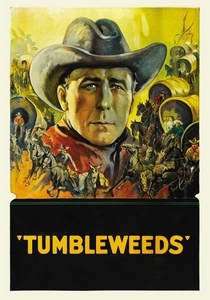
Tumbleweeds (1925)
Description: Directed by and starring William S. Hart, this film tells the story of the Cherokee Strip land rush, showcasing the end of the open range era in the West.
Fact: It was Hart's last silent film and was re-released in 1939 with a new soundtrack and narration by Hart himself.
 Watch Now
Watch Now 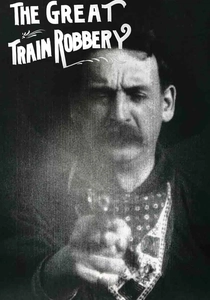
The Great Train Robbery (1903)
Description: This groundbreaking film is often credited with establishing the Western genre. Its silent narrative and innovative techniques like parallel editing and close-ups set the stage for future Westerns.
Fact: It was one of the first films to use a narrative structure and was shown in nickelodeons, making it accessible to the masses.
 30 Days Free
30 Days Free 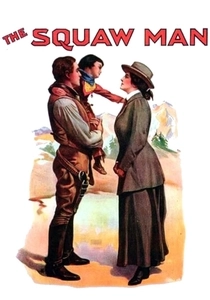
The Squaw Man (1914)
Description: This film, directed by Cecil B. DeMille, was one of the first feature-length films made in Hollywood and set the stage for the Western genre's development.
Fact: It was remade twice by DeMille himself, in 1918 and 1931, showcasing its enduring popularity.
 30 Days Free
30 Days Free 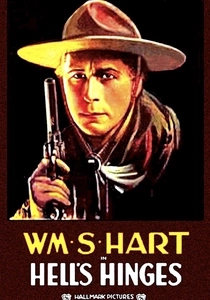
Hell's Hinges (1916)
Description: Featuring William S. Hart, this film is known for its stark portrayal of a lawless town and the redemption of its protagonist, making it a standout in silent Westerns.
Fact: The film's setting was recreated in the studio, with real fires used for dramatic effect.
 30 Days Free
30 Days Free 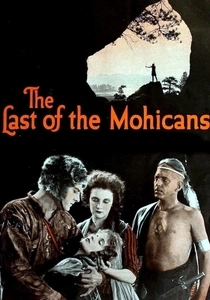
The Last of the Mohicans (1920)
Description: Although not strictly a Western, this adaptation of James Fenimore Cooper's novel captures the spirit of the frontier and the clash of cultures, making it a fitting inclusion.
Fact: The film was shot in the Adirondack Mountains, providing a visually stunning backdrop.
 30 Days Free
30 Days Free 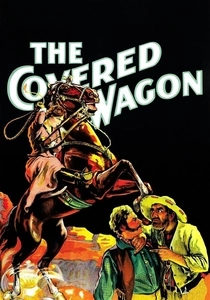
The Covered Wagon (1923)
Description: This epic tale of westward expansion captures the spirit of adventure and the harsh realities of pioneer life, making it a cornerstone of silent Western cinema.
Fact: It was one of the first films to be shot on location in the American West, giving it an authentic feel.
 30 Days Free
30 Days Free 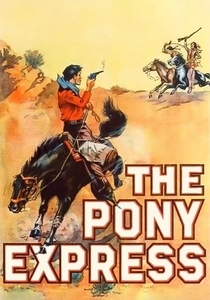
The Pony Express (1925)
Description: This film dramatizes the legendary Pony Express, focusing on the bravery and sacrifice of its riders, encapsulating the spirit of the American West.
Fact: It was one of the first films to feature a significant amount of action sequences, including horse chases and stunts.
 30 Days Free
30 Days Free 
The Toll Gate (1920)
Description: Another William S. Hart classic, this film explores themes of redemption and justice in the rugged West, with Hart's character seeking to right his wrongs.
Fact: The film was shot in the Owens Valley, providing a dramatic backdrop for the story.
 30 Days Free
30 Days Free 
The Thundering Herd (1925)
Description: This film tells the story of the buffalo hunters and the decline of the great herds, offering a poignant look at the impact of westward expansion on nature.
Fact: It was one of the first films to use real buffalo herds, adding authenticity to the narrative.
 30 Days Free
30 Days Free 
